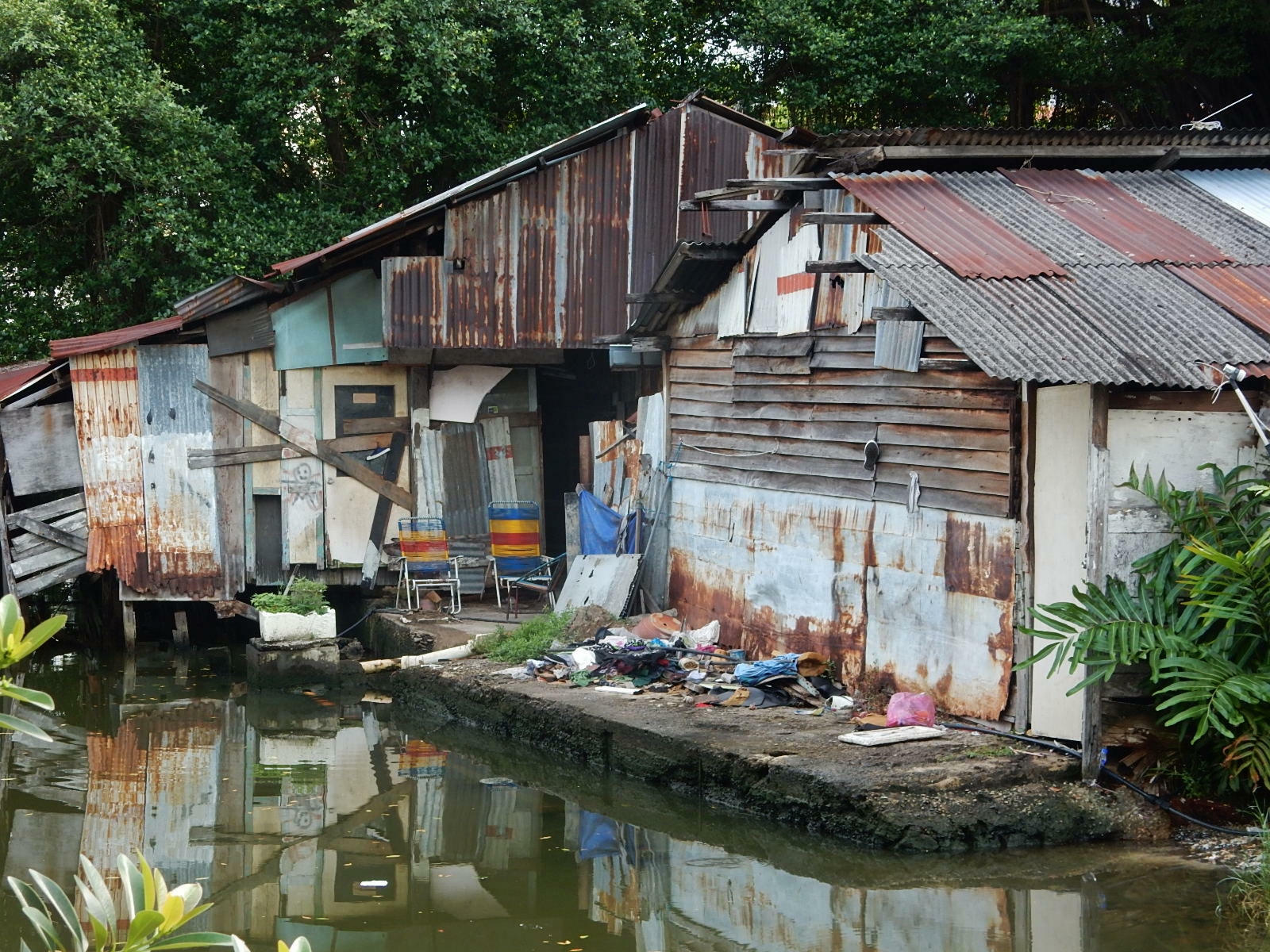
Andrew Charlton, DTMH September 2017
What comes to mind when you think about tropical medicine? Wide, windswept savannahs speckled with giraffes and zebras? Or crystal blue seas crowded with jellyfish and the occasional sea snake?
Well last week we were focussing on creatures of a much less glamorous kind; fleas, ticks and mites. Not just annoying pests, it turns out they also carry a pretty tasty selection of diseases. I’ve never eyed my fellow passengers with more suspicion than I did on the train on the way home that evening, choosing to stand rather than run risk of transmission through the proximity of shared seat space...
One of the things I’ve been struck by over the past few weeks of lectures is how closely tied to poverty so many of the diseases we study are. Sometimes in more obvious ways than others. Having started the course with a hefty dose of public health it feels a bit like we’ve come full circle. It’s not just simple clean water and sanitation issues: Malaria-spreading mosquitoes can’t stand air conditioning; Chaga’s disease comes from bugs that hang out in mud huts; and snake bites maim far more subsistent farmers who can’t afford shoes than businessmen travelling in land cruisers. Time and again we’ve heard how the burden of disease falls on the poor. And it falls heavily indeed.
Sadly this will be my last DTM&H blog post (don’t worry, still a few more weeks of the others). It’s been great fun and, with exams pending, I’m hoping I’ve learnt a thing or two! Thanks for reading and if you hear of any exciting tropical medicine opportunities for an emergency medicine/critical care enthusiast then be sure to let me know!